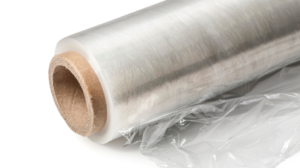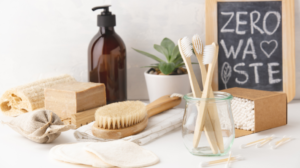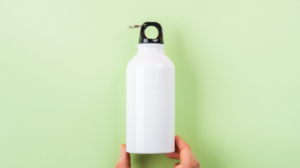Ford and McDonald’s brewed up a way to make car parts out of coffee waste
Here’s the thing. Plastic is super useful stuff but — and if you didn’t know this by now, you need more help than I can offer — it’s pretty damned terrible for the planet. Thankfully, people who are much smarter than you and I have been working on ways to use less of it.
One of the ways to use less plastic in an application where a pure bioplastic might not be up to the requirements is to use an organic filler material in combination with traditional petroleum-based plastic. That’s exactly what Ford and McDonald’s are doing with something called coffee chaff.
Coffee chaff is the name given to a papery skin that comes off of a coffee bean during the roasting process. Historically, this chaff has not only been a colossal pain in the butt for roasters — it tends to get into everything and there’s lots of it — but it’s also been a large source of waste, though it’s been used as filler for compost and as a component of charcoal as well.
The process that’s being pioneered by McDonald’s and Ford for use in car parts including headlight housings and interior plastics takes this coffee chaff, heats it up in a low-oxygen environment so it’s less likely to burn and mixes it in with plastics to form pellets. These pellets (and the parts made from melting and molding them) have the benefits of being both lighter weight and significantly less energy-intensive to produce than traditional plastics.
“We started with an application such as the headlamp housings because this property tested extremely well in high heat – in fact better than traditional materials. Because headlamps put off a lot of heat, this application was a good fit,” said Debbie Mielewski, Ford senior technical leader, sustainability and emerging materials research team, in a statement. “Additionally, headlamp housings are a large car part, and since there is a 20% weight savings with using coffee chaff, we wanted to maximize the size of the part for added fuel economy benefit.”
We were curious what else Ford had in mind for this new coffee chaff plastic, so we asked.
“The headlamps are just a start. We’re already testing the properties in several other underhood and storage applications, with the goal of quickly expanding to a wide variety of additional Ford and Lincoln parts in the coming years,” Mielewski continued. “We used this approach with soy-based foam, which was first introduced in seats in 2007 on the Mustang, and now is in seats, headliners and gaskets in every Ford vehicle built in North America.”



